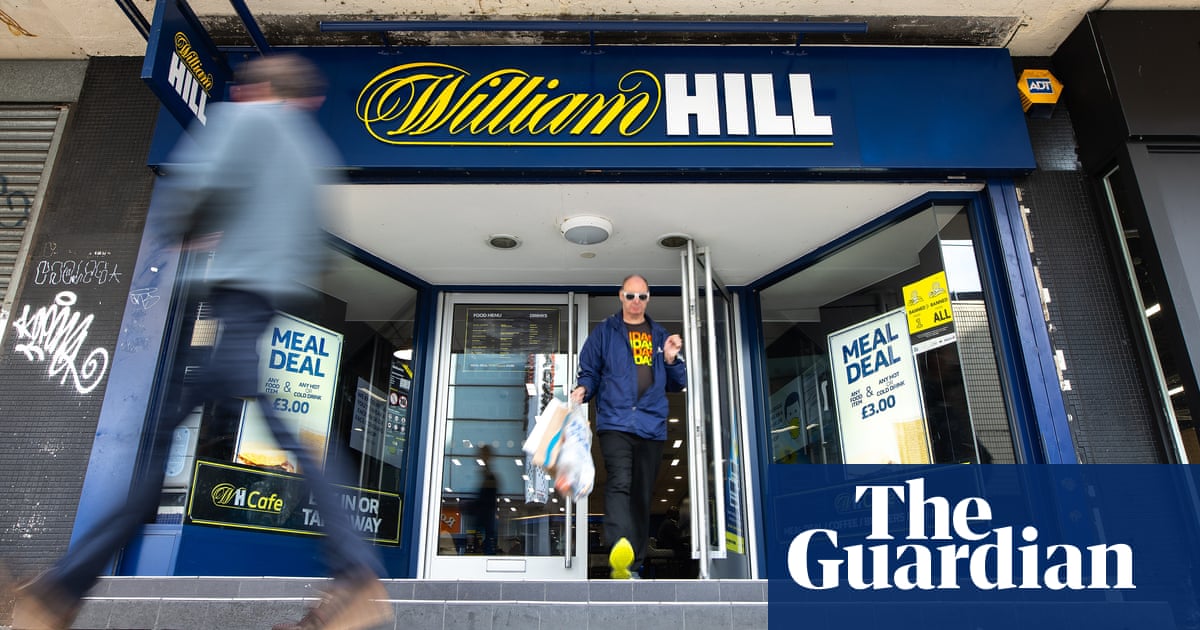Travel
Do commuters traveling south to Virginia need more train service time options? • Virginia Mercury

This summer, two commuter train services in Maryland and Virginia reinstated a run-through service program that allows travelers using one train to transfer to the other with no additional costs.
But commuters hoping to use the service to travel from Maryland using the MARC commuter train into the commonwealth in the late morning may miss out, because Virginia Railway Express only runs trains heading south from Union Station at 6:35 a.m. and later around 1 p.m.
If someone traveling from Maryland needs to get into Virginia, they would instead have to travel by bus, car, or Metrorail, depending on where they live.
Danny Plaugher, executive director of Virginians for High Speed Rail, said he believes there is a “decent” amount of commuting from Southern Maryland and suburbs of Washington D.C. to places in Virginia including Amazon’s HQ2 headquarters, National Landing, Tysons Corner and the tech corridor in Northern Virginia.
Although he’s uncertain how many of those travelers are already served by Metro, if the run-through service were available at additional times, it could benefit those commuters.
“I think there will be opportunities in the future, but just trying to figure out what the new normal is and then building a service that will accommodate those new normal travel trends is going to be key to the future mobility of the region,” said Plaugher.
How the run-through service started
In August, the two systems announced that passengers with a weekly, monthly, or 10-trip ticket purchased on the MARC or VRE system to Union Station can utilize that ticket to transfer to the other system to continue their trip, without paying anything extra.
According to Virginia Railway Express, the previous agreement between the two rail services was terminated by Maryland’s MARC commuter train service in 2015.
Unrelated, a MARC and VRE run-through service study was commissioned by the Transportation Planning Board at the Washington Metropolitan Council Governments in 2019.
Analysts found most trips likely originate from Maryland and head to Washington D.C. and Arlington destinations. An estimated 16,000 daily trips would be serviced by the run-through service, mainly between Baltimore, MD, and Alexandria at 11,600 trips.
COG said in August that the move by VRE and MARC to “create a more connected region” aligns with the DMVMoves transit effort launched by COG and Metro in May.
Maryland Transit Administrator Molly Arnold said in August that the agreement represents a “significant step forward in regional transit integration” that fosters economic growth, supports tourism and attracts business to the region.
The new run-through service also coincides with VRE’s long-range goal to grow the commuter-focused rail service to an all-day, bi-directional transit system that can “better meet the transportation needs of a growing region,” said Rich Dalton, VRE CEO, in August.
What’s next
Plans are underway to expand the Long Bridge that connects Washington D.C. and Virginia, allowing for more freight and passenger rail service separation. The current two-track system, widely considered a choke point, has negatively impacted travel times.
The plans include expanding to a four-track corridor and constructing approximately 1.8 miles of improvements to rail and pedestrian bridges.
GET THE MORNING HEADLINES.










